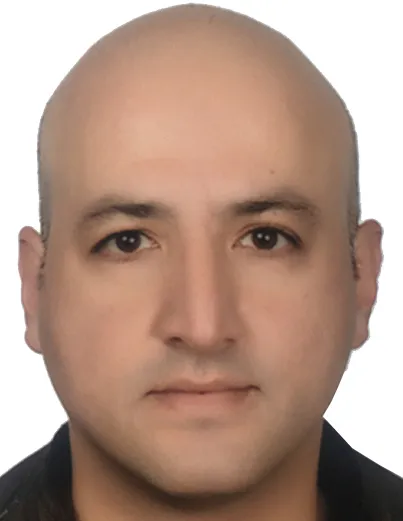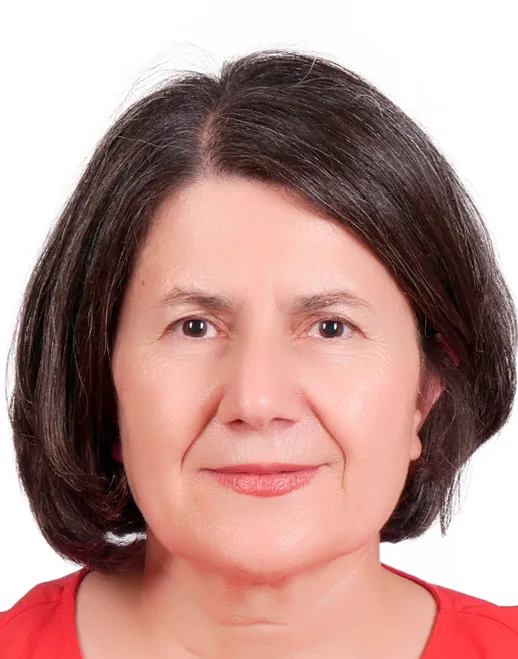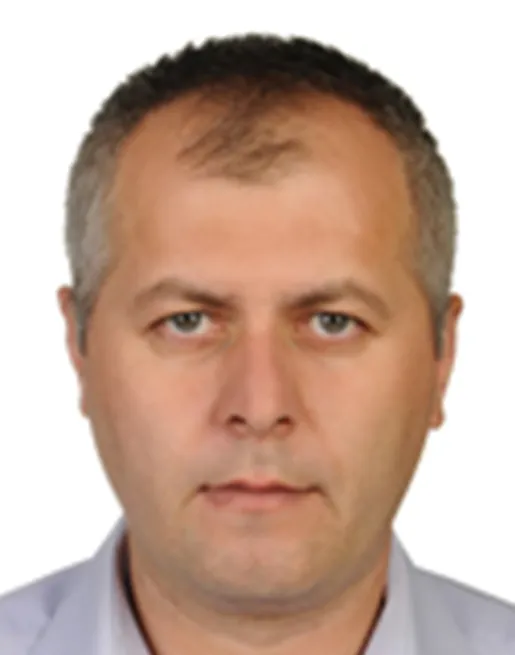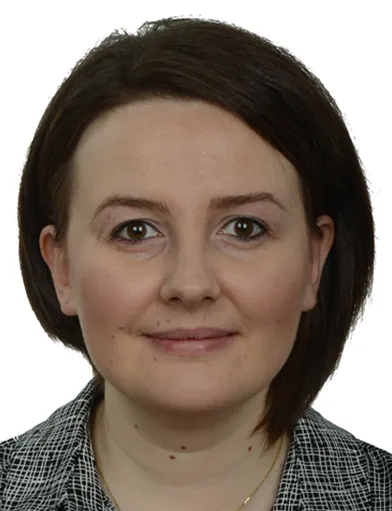GENERAL INFORMATION
Chemist; is a person who works on the chemical properties of substances, molecular structures, how they can be altered, and the analysis of all kinds of chemical samples. Our department; with its world-renowned pioneering and award-winning scientists, nationally and internationally supported projects, research laboratories, broad vision, and students curious about science, aims to train competent scientists who will make a mark in the field of chemistry worldwide and at the same time, it is a scientific hub that can make a name for itself with its research, conferences, and studies.
Our department was established in 2006. Educational activities started in the 2008-2009 academic year with 30 students. These activities in our department are carried out with a total of 10 academic staff, including 6 faculty members and 4 research assistants.
Our department consists of five main branches. These are; Analytical Chemistry, Biochemistry, Physical Chemistry, Inorganic Chemistry, and Organic Chemistry.
Job description and employment areas
The working areas of chemistry graduates are very broad. Since they can work in units providing design, operation, and support services in industrial facilities, laboratories, private and public project offices, import-export offices, petrochemicals, basic chemicals, automotive, food, cement and refractory, ceramics, pharmaceuticals, textiles, paint, glass, metal, fertilizer, electricity, rubber, maritime, defense industry, and health fields; the jobs they do also shape according to the activity area of the workplace.
Exams and evaluation
At least one midterm exam is held for each course. For each course, an end-of-term and a make-up exam are also held. In laboratory courses, pre-laboratory exams and application grades are added to the midterm grade. Each student must register for the courses they wish to take at the beginning of the term. Students are required to attend at least 70% of theoretical courses and 80% of practical courses. The success grade is calculated by taking 40% of the midterm grade and 60% of the end-of-term or make-up exam. The relative evaluation system is used in calculating the success grade.
At the end of the VIII. Semester, students must take at least 155 ± 10 credits, achieve a minimum weighted general grade point average of 2.00 (70/100), and be considered successful according to the "Mehmet Akif Ersoy University Associate and Undergraduate Education-Teaching and Examination Regulations" in the courses they have taken. In addition, the internship program must be successfully completed. Students who complete their undergraduate education at the end of 4 years (8 Semesters) are awarded a bachelor's degree and the title of Chemist.
Mission and Vision
The main purpose of Chemistry Undergraduate Education is to train our students to have the knowledge and equipment to conduct research and development in chemistry and related industrial organizations and to ensure that they have the basic knowledge, equipment, and necessary manual skills required for technological and academic developments in line with this purpose. Our vision is to have a highly qualified and principled faculty staff, contemporary infrastructure, and equipment that do not compromise on quality in any matter not only in the country but also on international platforms, to train highly qualified and competitive students with these facilities, and to place our graduates at the top of the most preferred group.















